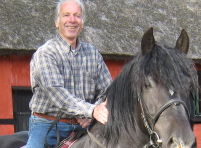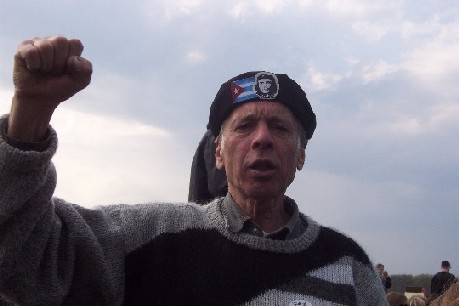Back in the 1980s, before the Cold War gave way to the War on Terror, American money and supplies helped Osama Bin Laden create Al Qaeda and build it into one of the world’s most successful terrorist organizations. And without the close alliances between Al Qaeda and our “allies” Pakistan and Saudi Arabia, the attack on the World Trade Towers could not have been carried out. What follows are the bare bones of what we know of this world as it existed in the days before September 11, 2001. (Some of the early material in this account first appeared in my book The Five Unanswered Questions About 9/11.)
In August 1998, shortly after the Al Qaeda bombings of two U.S. embassies in East Africa, Osama Bin Laden was interviewed by Agence France Press. In grandiose but concise terms, he described his own rise to power in the early 1980s, during the years of the Soviet occupation of Afghanistan. “To counter these atheist Russians, the Saudis chose me as their representative in Afghanistan,” he said. “I settled in Pakistan in the Afghan border region. There I received volunteers who came from the Saudi kingdom and from all over the Arab and Muslim countries. I set up my first camp where these volunteers were trained by Pakistani and American officers. The weapons were supplied by the Americans, the money by the Saudis. I discovered that it was not enough to fight in Afghanistan, but that we had to fight on all fronts, communist or western oppression.”
In spite of its self-serving message and self-aggrandizing tone, the basic facts of Bin Laden’s account are not inaccurate. The terrorist organization that would one day launch the most devastating attacks ever to take place on American soil owes its existence, in large part, to U.S. covert operations and U.S. allies. At its inception, Al Qaeda was trained and supported by Pakistani agents, funded by Saudi sympathizers, and supplied by the CIA.
Later, when Bin Laden turned his sights on the United States, the CIA’s former friend in Afghanistan became its enemy. But the strategic and financial support provided by Pakistan and Saudi Arabia continued, right up to the moment of the 9/11 attacks. Without these two countries—and especially their powerful intelligence services—the attacks could not have taken place. Attacks of this magnitude required money, and they required a friendly regime in Afghanistan to provide a training base; these were supplied courtesy of our “allies” in the region. Their support for Al Qaeda continued over nearly two decades, with little intervention from the United States beforehand, and few consequences after the fact.
 Osama bin Laden in happier days, when he was on the US CIA payroll
Osama bin Laden in happier days, when he was on the US CIA payroll








